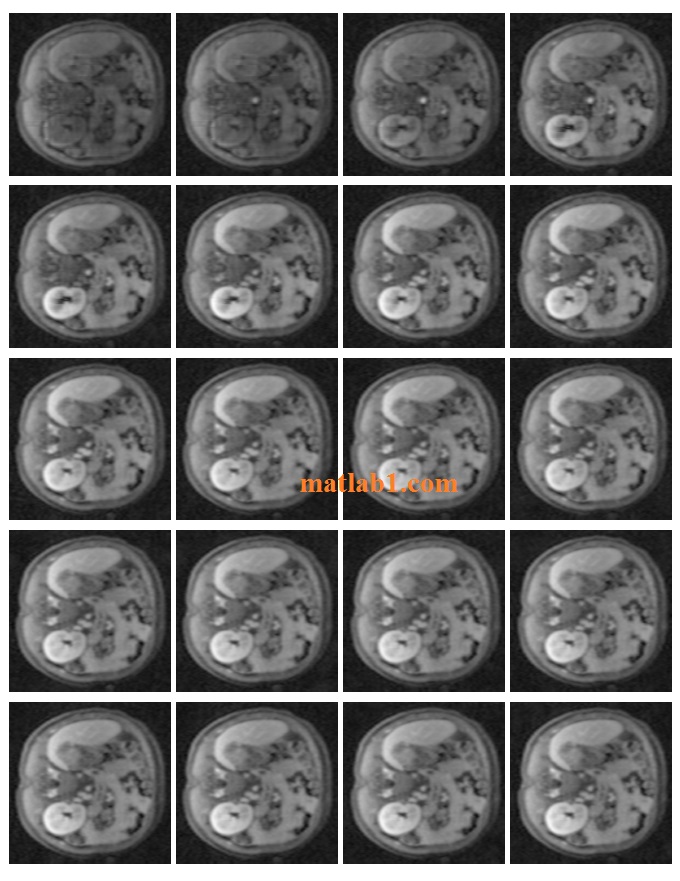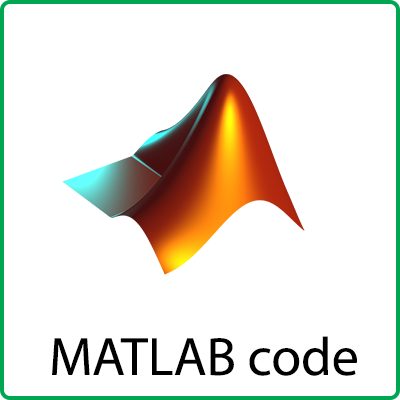Description
Compressed sensing in MRI typically takes advantage of sparsity in the image or an image-transform space in order to accelerate scan times without loss of image information [1]. Recent research has extended these approaches to take advantage of not only spatial sparsity (via the wavelet but also temporal sparsity in dynamic MRI acquisitions. Dynamic MR images contain redundant information in both space and time, allowing representation with few sparse transform coefficients [2].
Whereas uniform undersampling results in coherent aliasing, appropriately designed random undersampling methods produce incoherent aliasing, which appears noise-like in image reconstructions. Compressed sensing in dynamic MRI utilizes these two concepts to sample well below the Nyquist-Shannon sampling rate in hybrid k-t space [2].
This project seeks to determine optimal spatio-temporal undersampling techniques in dynamic MRI scenes. Specifically, the focus will be on temporally-dense and spatially-sparse sampling. Any increase in temporal or spatial resolution in MRI inherently requires a decrease in the resolution of the other domain. By aggressively undersampling in the spatial domain, high temporal resolution becomes possible. Compressed sensing techniques increase the degree to which the k-space data can be undersampled without significant loss of image information.
Random undersampling schemes in both Cartesian and spiral acquisitions will be investigated and assessed. All data that will be used is made freely-available courtesy of Prof. Michael Lustig at UC Berkeley and Dr. Shreyas Vasanawala at Stanford’s Lucille Packard Children’s Hospital.

Full twenty-frame reconstruction of the 18*variable-density Poisson disk undersampled pediatric abdominal cross-section shown in figure 9. Time increases from left-to-right and top-to-bottom. Note the intensity changes of the anatomic structures, which show the tissue uptake of the contrast agent.
References
[1] M. Lustig, D. Donoho, and J. M. Pauly, “Sparse MRI: The application of compressed sensing for rapid MR imaging,” Magnetic Resonance in Medicine, vol. 58, pp. 1182–1195, 2007.
[2] M. Lustig, J. M. Santos, D. Donoho, and J. M. Pauly, “k-t SPARSE: High frame rate dynamic MRI exploiting spatio-temporal sparsity,” in Proceedings of the 14th Annual Meeting of ISMRM, Seattle, p. 2420, 2006.
[3] M. Lustig, J. H. Lee, D. L. Donoho, and J. M. Pauly, “Faster imaging with randomly perturbed, undersampled spirals and l1 reconstructions,” in Proceedings of the 12th Annual Meeting of ISMRM, Miami Beach, p. 685, 2005.
[4] M. Guerquin-Kern, M. Haberlin, K. P. Pruessmann, and M. Unser, “A fast wavelet-based reconstruction method for magnetic resonance imaging,” IEEE Transactions on Medical Imaging, vol. 30, no. 9, pp. 1649–1660, 2011.
Multiscale LMMSE-based image denoising with optimal wavelet selection



Reviews
There are no reviews yet.